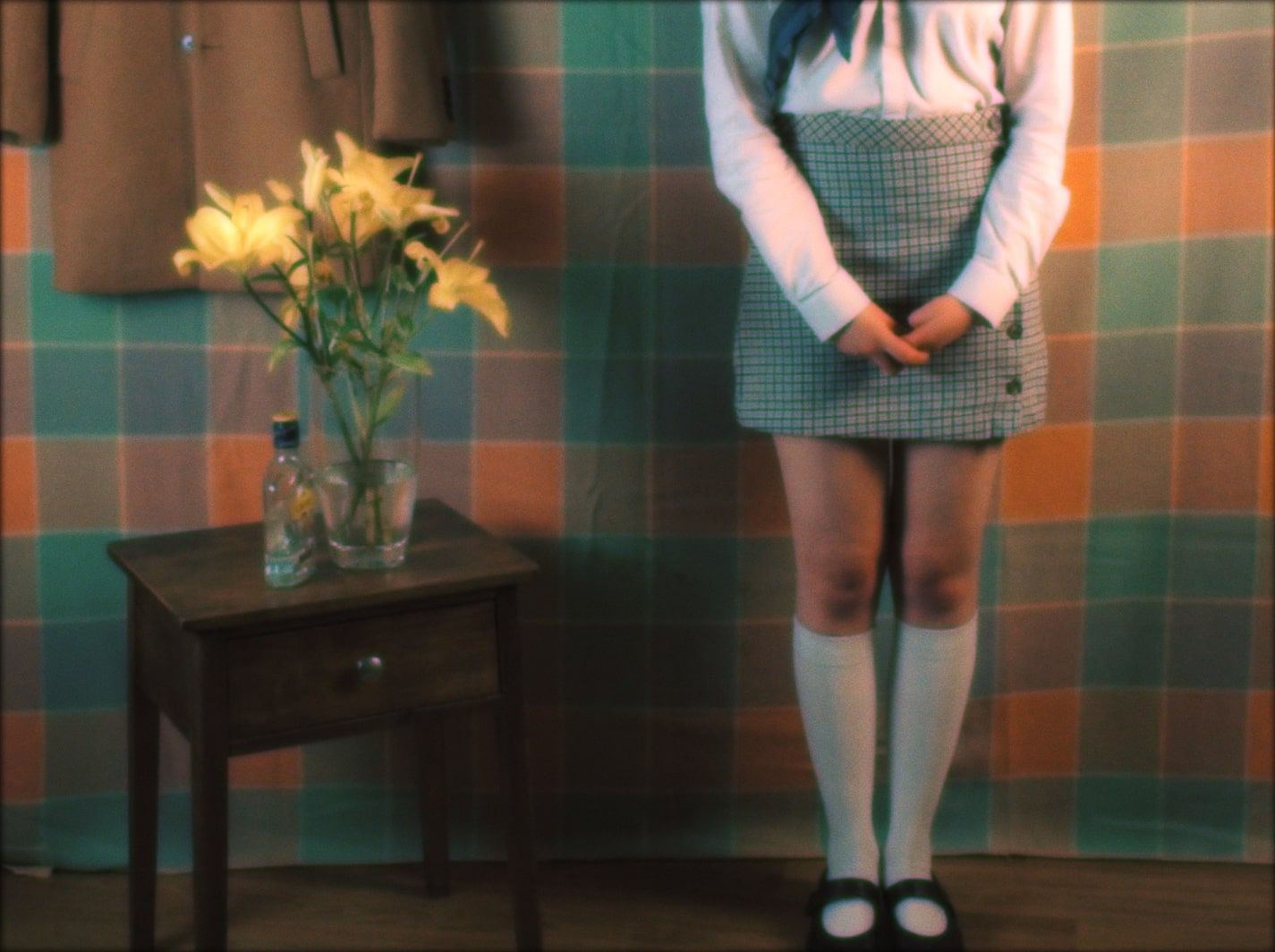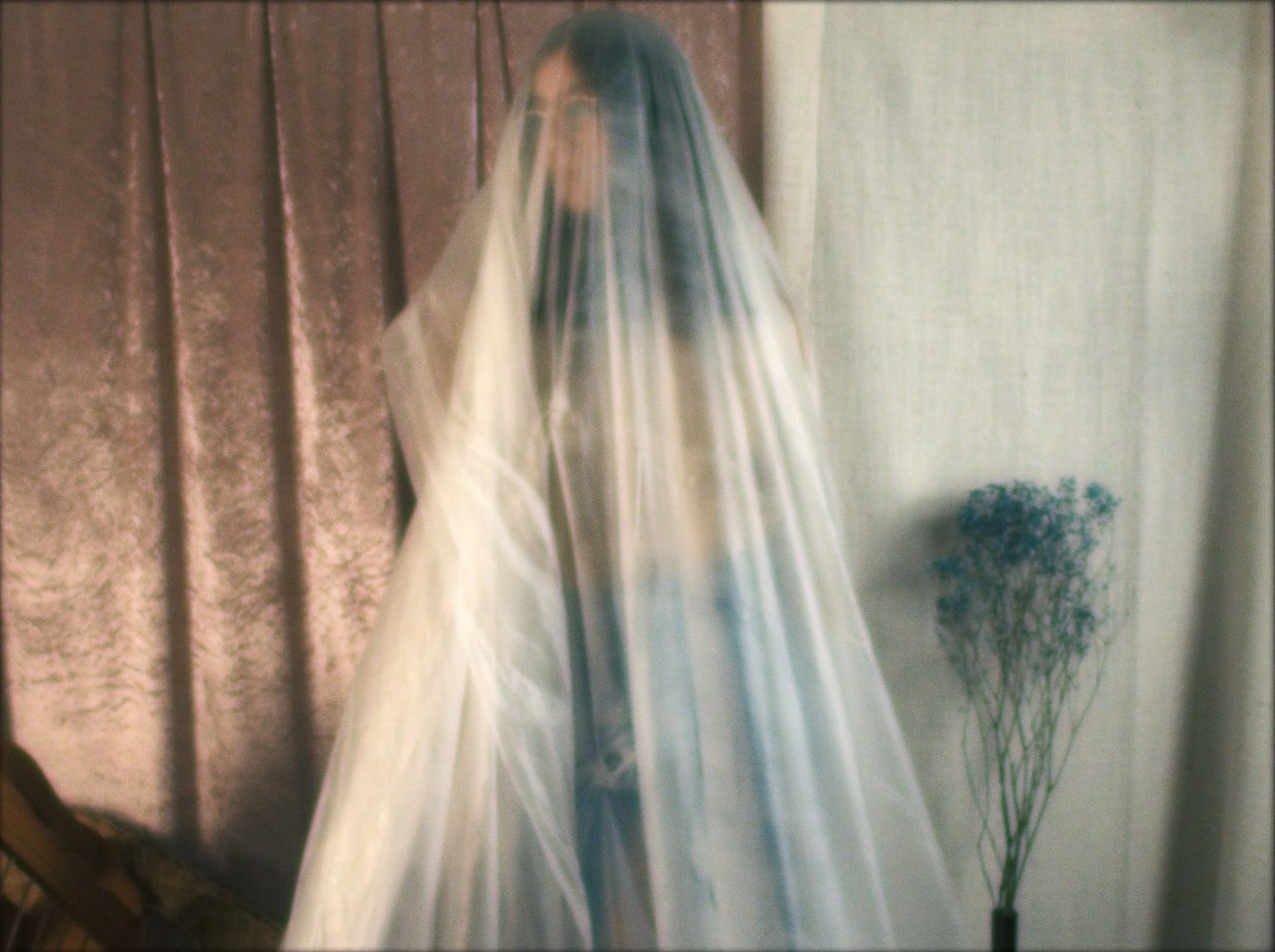We are what we make of the veil



Vienna, 1890. Complaints began to circulate around restaurants and hotels: the wait staff wore moustaches. Given the dress code, the moustache was seen as a signifier of status, a delimiter between staff and clientele. The waiters were asked to shave their facial hair, and consequently, their wives threatened to withhold sex. They were fired and replaced with bachelors.
Frontal presentational tableaux entails a constructed staging, with consequent formal direction and composition. Almost in cinemagraphic tradition, each stage holds very little movement — except as to be punctuated by bursts of activity.
About
Liam Macann is an emerging arts practitioner with a theoretical focus on the philosophy of technology. Recently graduated with a Bachelor of Fine Art (Honours) from UNSW, his research-intensive practice engages with a profusion of disciplines across an agile and experimental body of work.